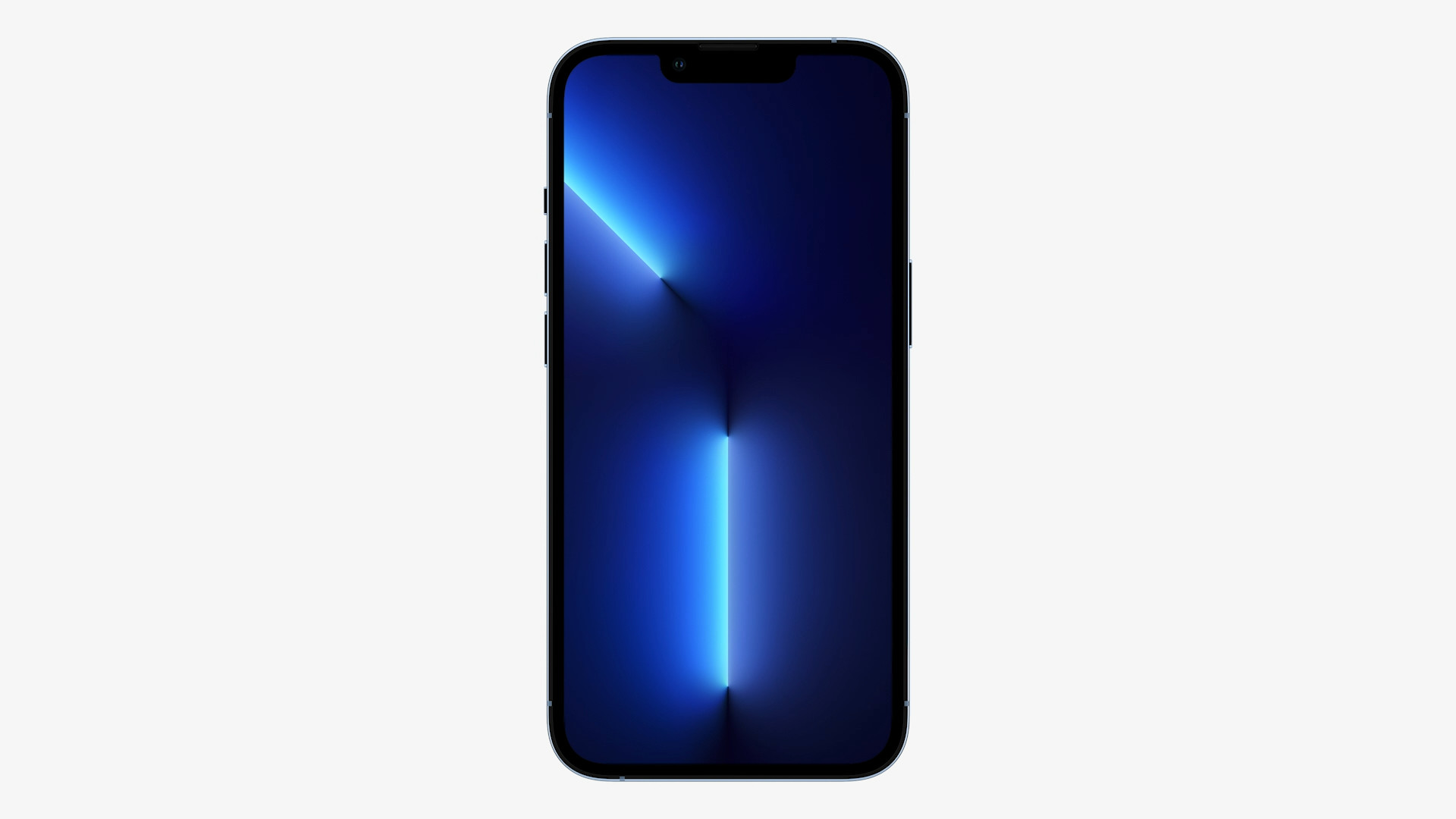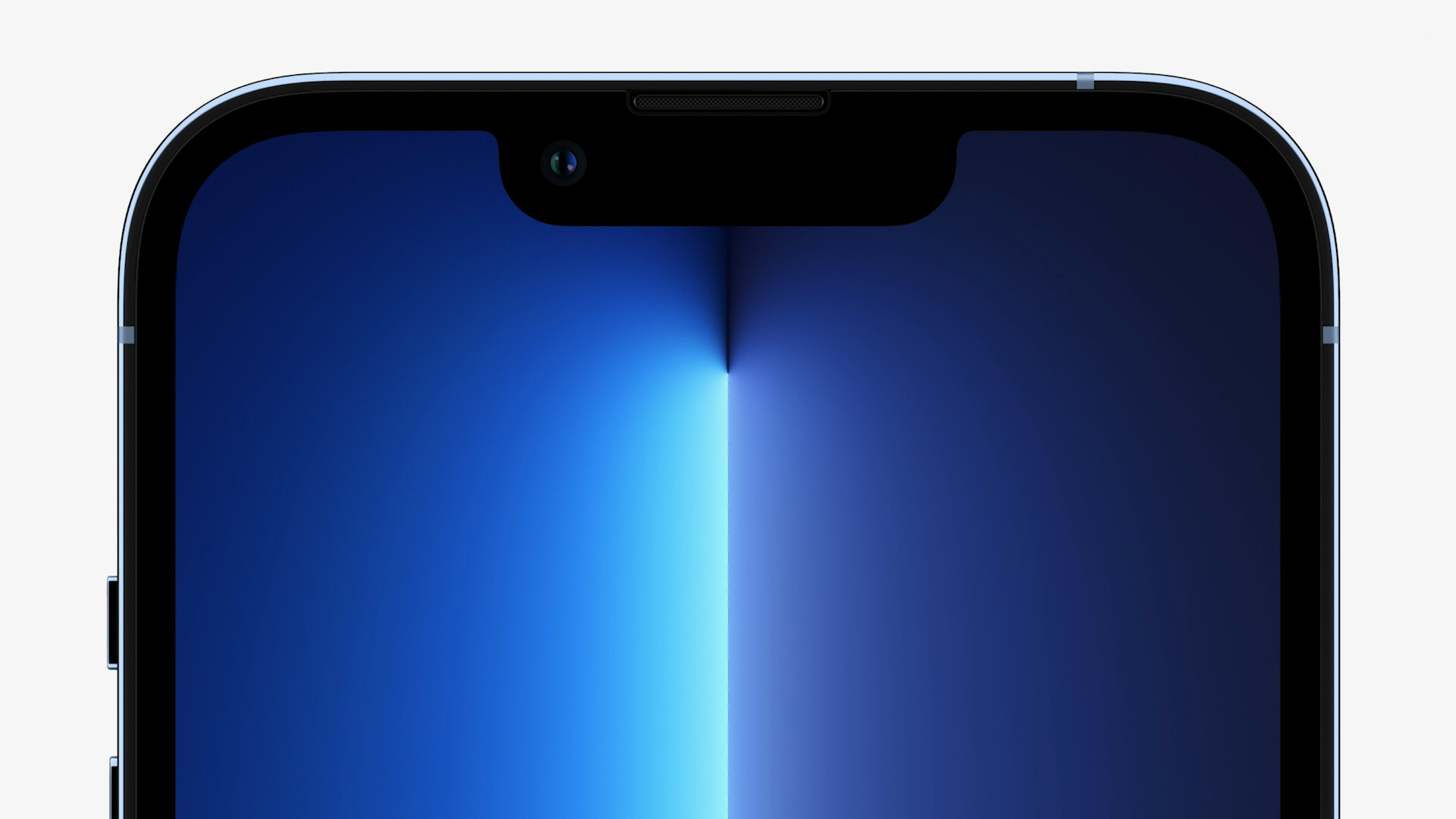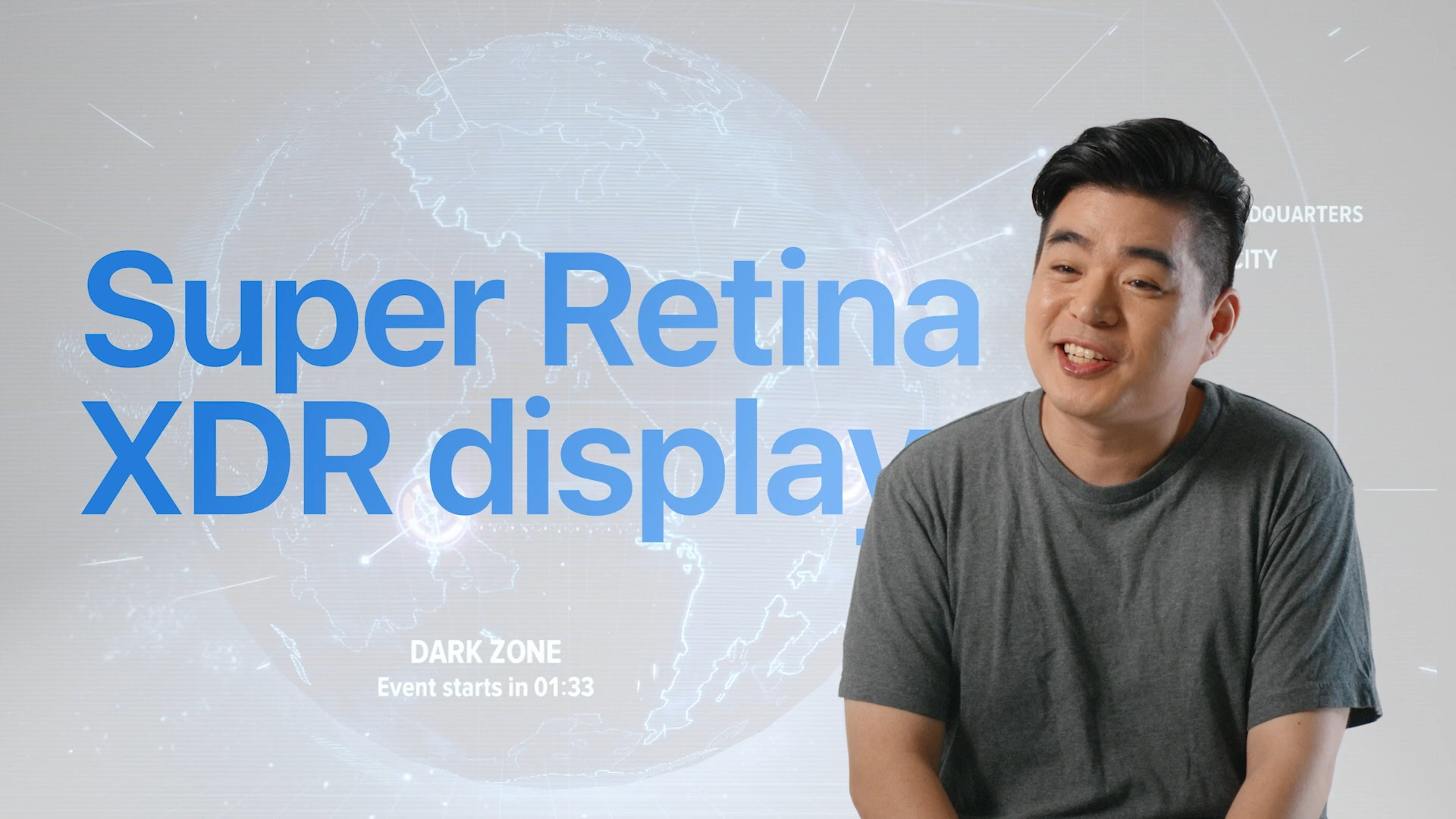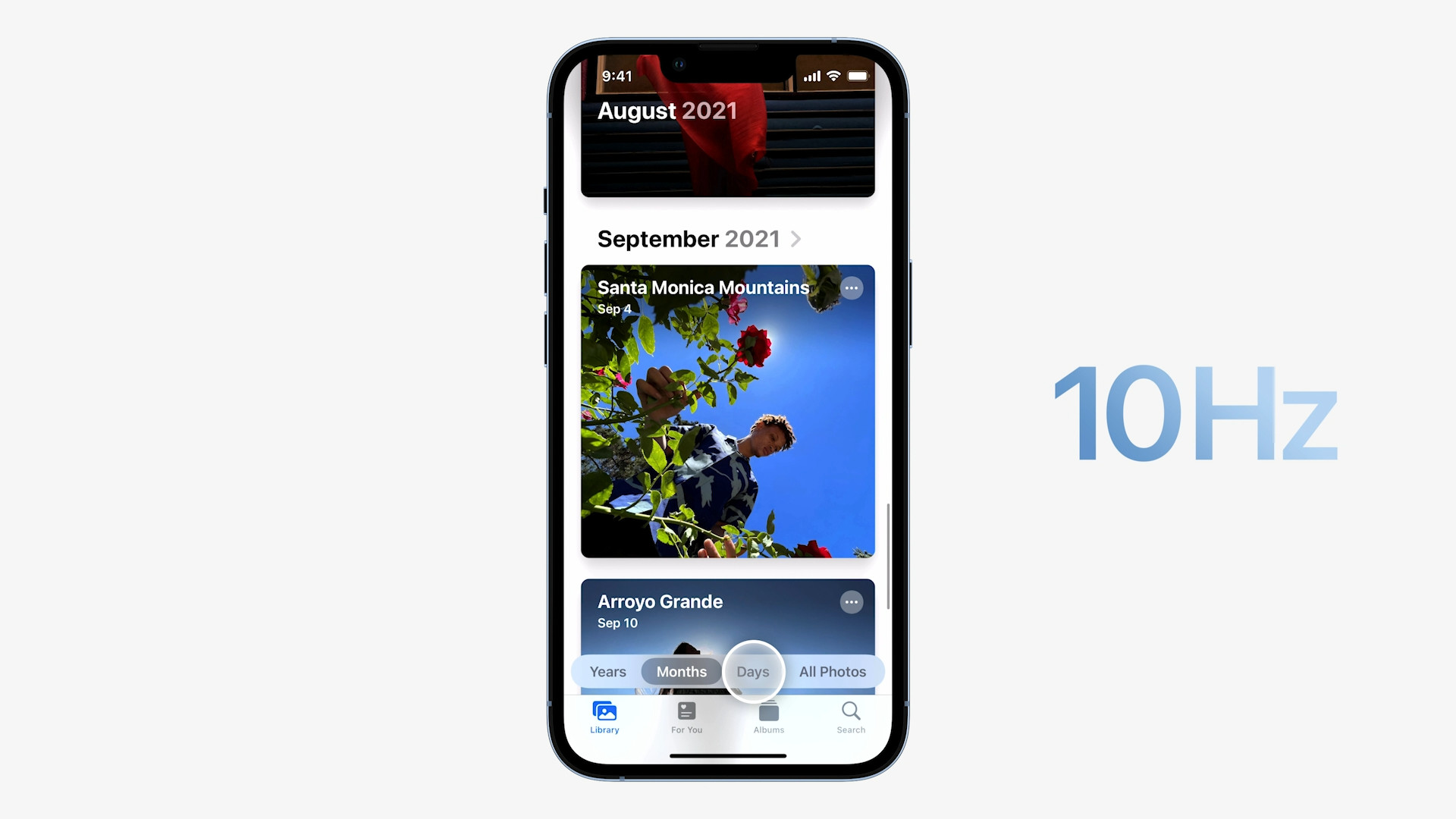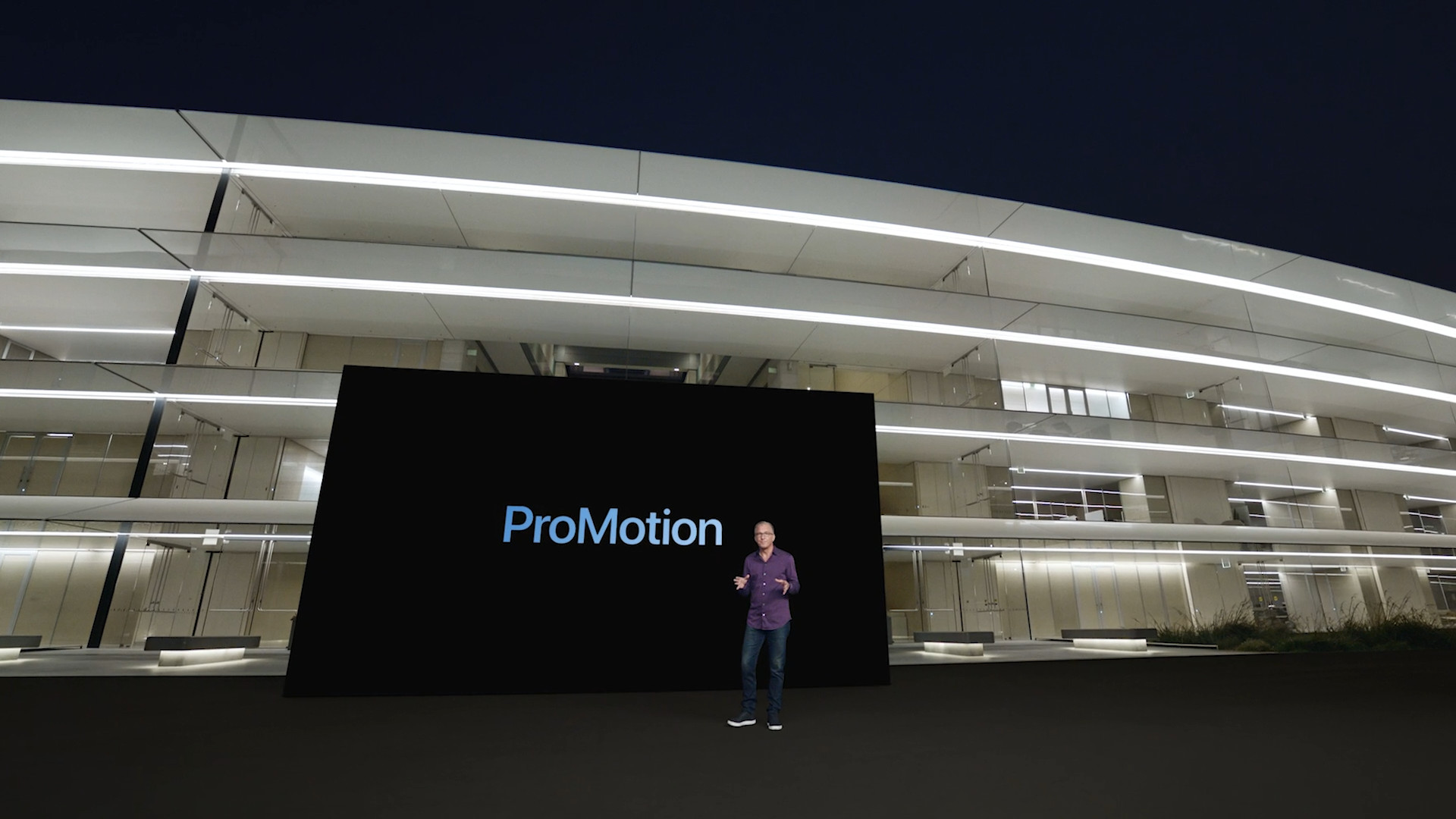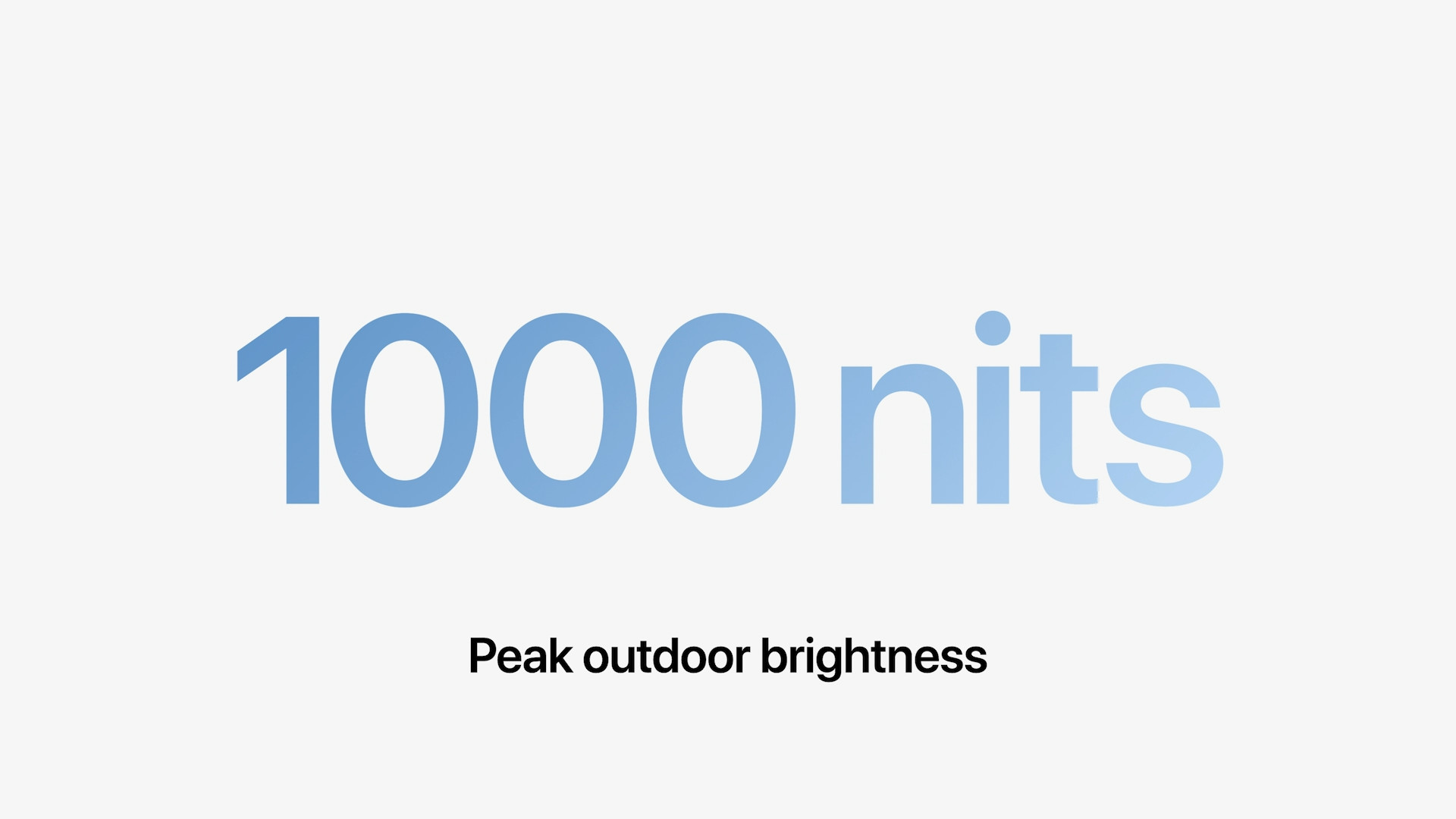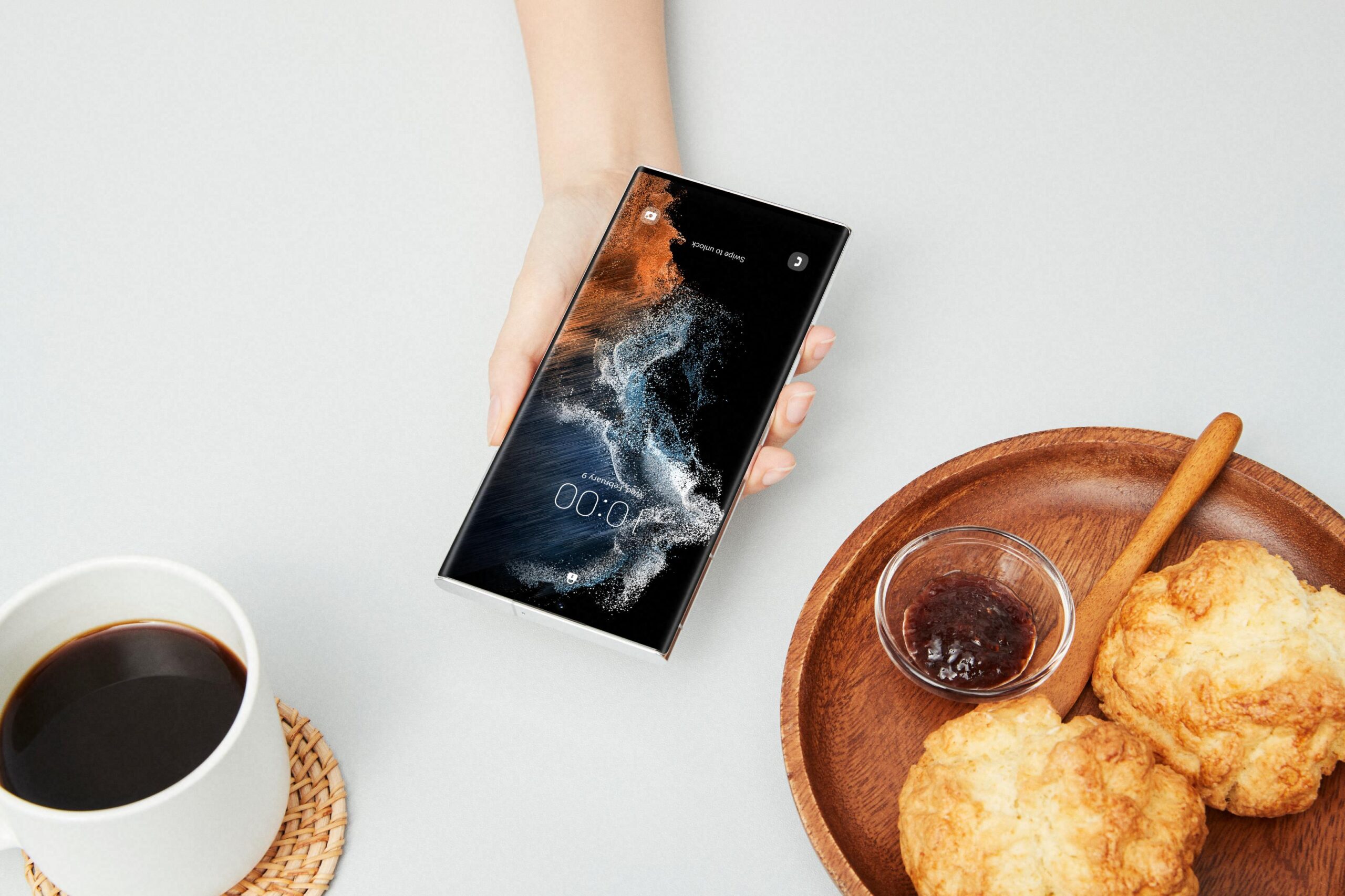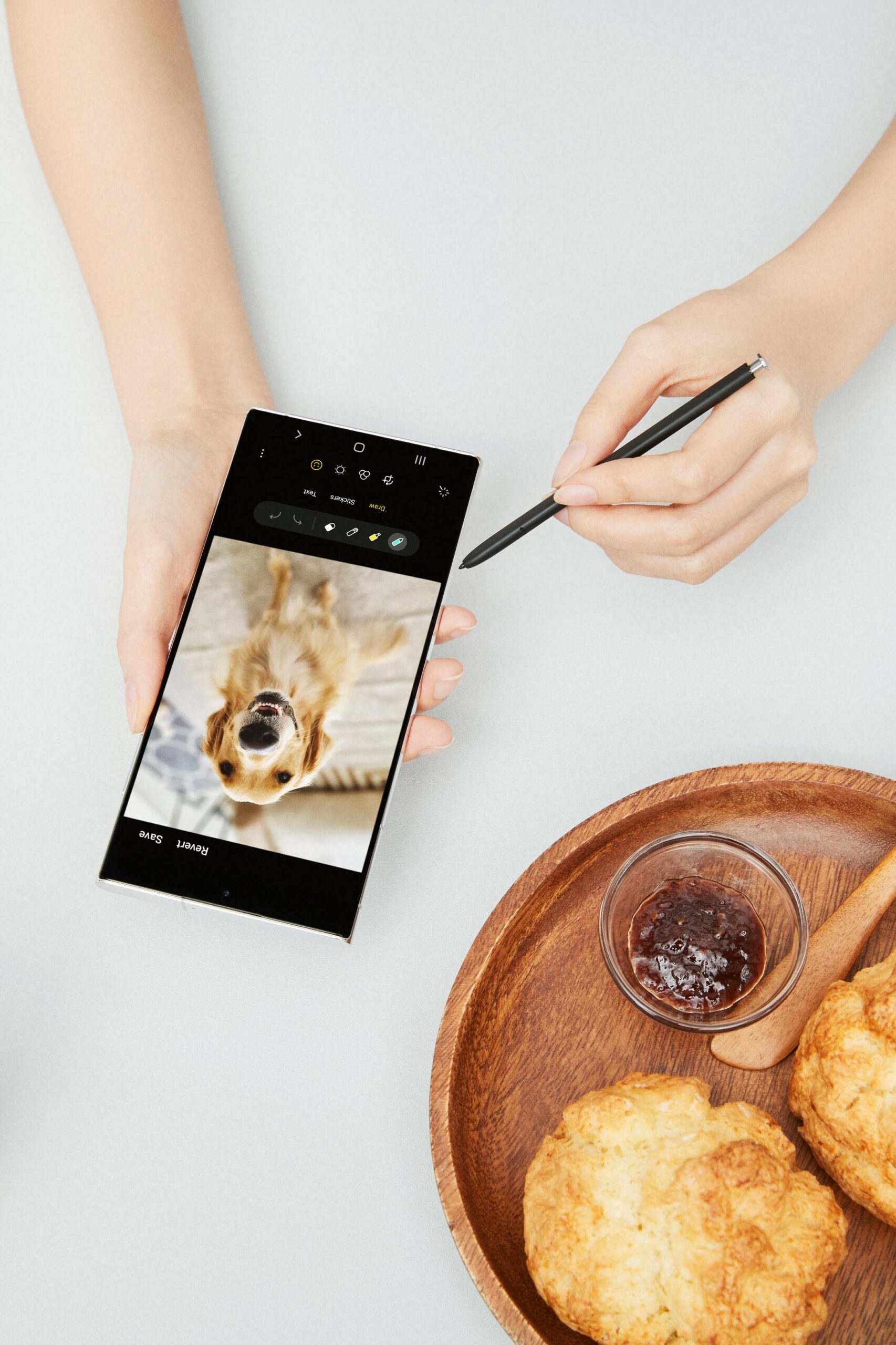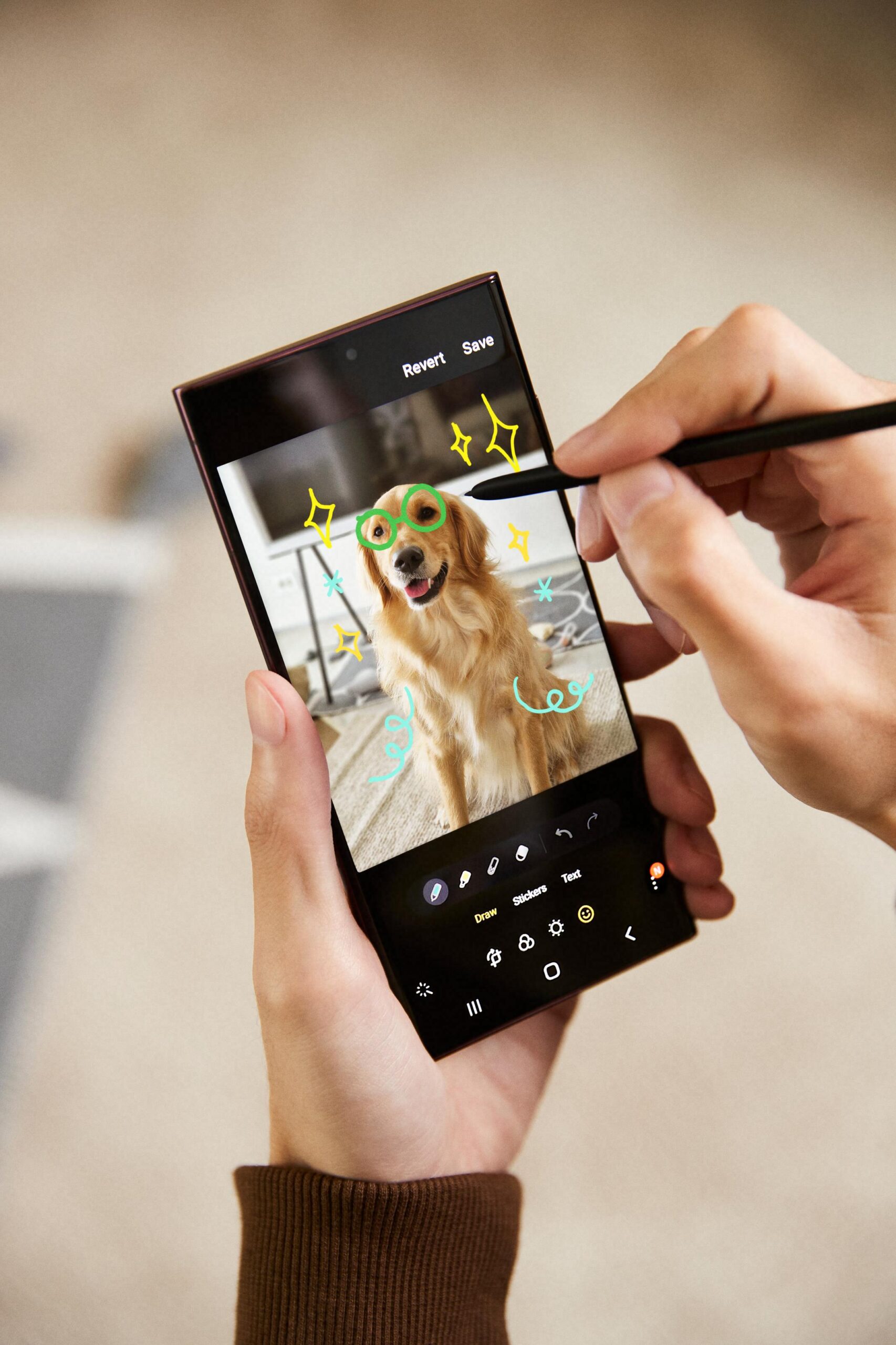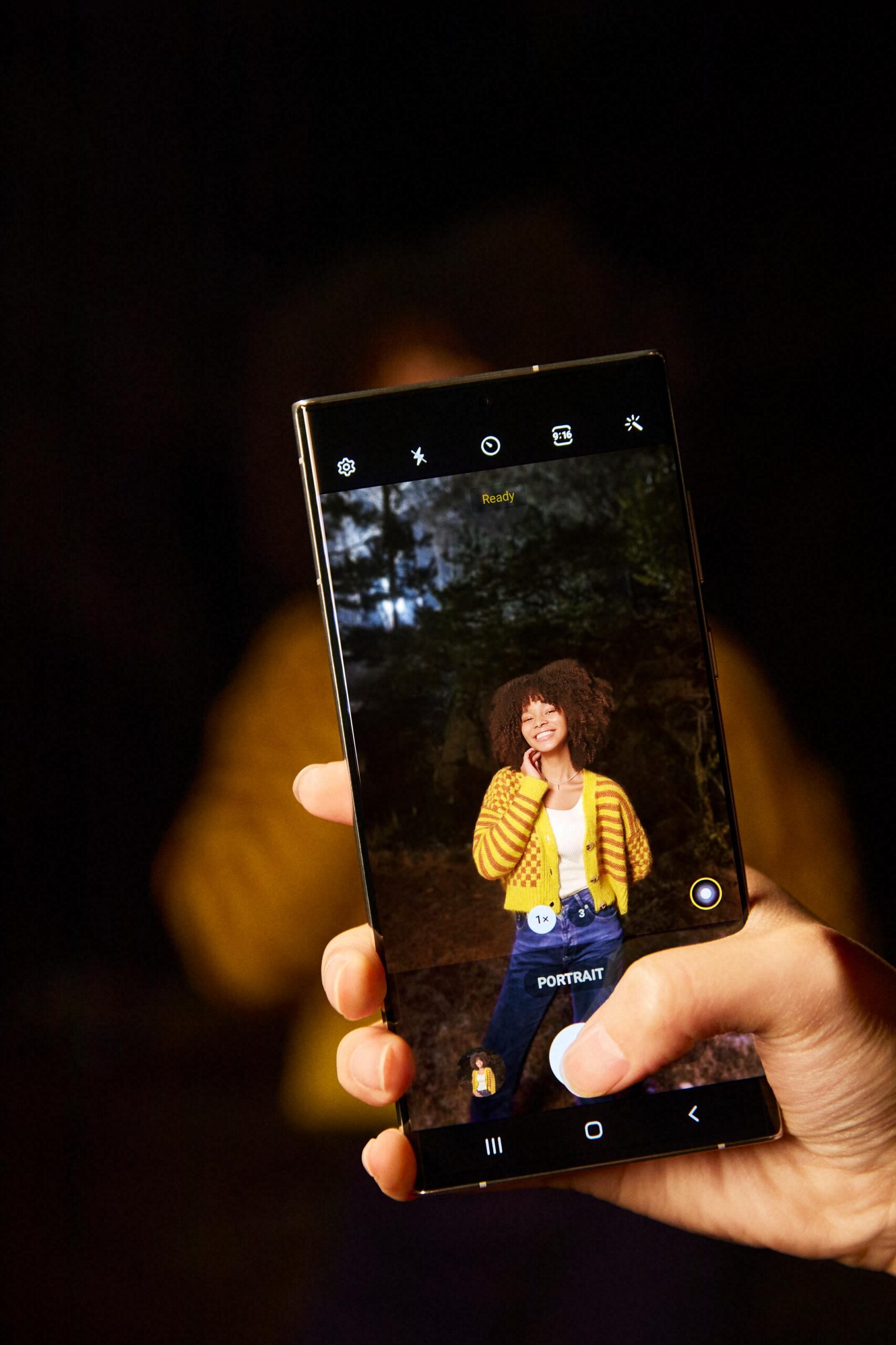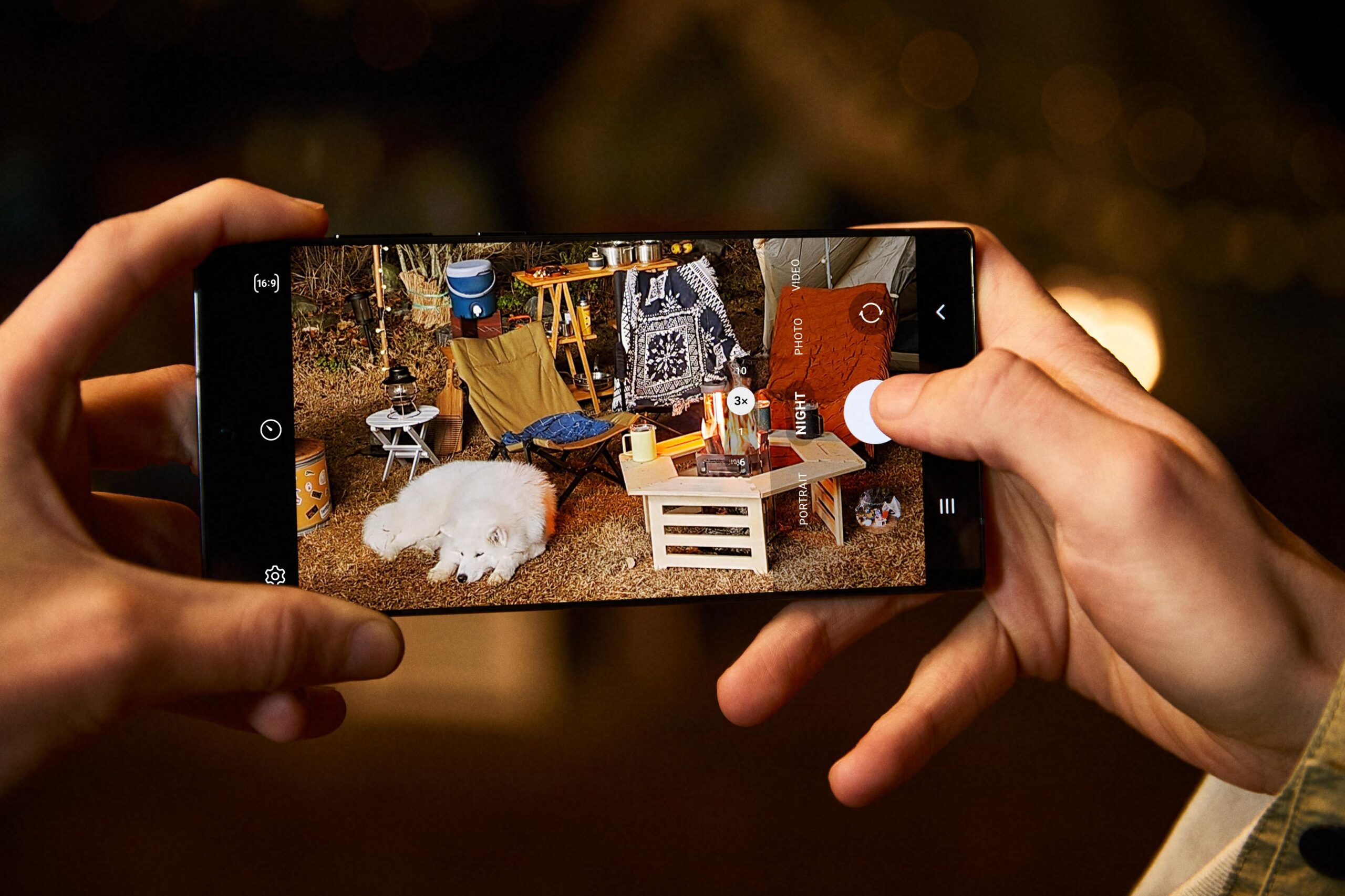U mobile phones we often come across different labels for their displays. However, the previously widely used LCD technology was replaced by OLED, when, for example, Samsung adds various labels to it. In order for you to have at least a little clarity, below you can see an overview of the technologies that can be used in different displays. At the same time, Retina is just a marketing label.
LCD
A liquid crystal display is a thin and flat display device consisting of a limited number of color or monochrome pixels lined up in front of a light source or reflector. Each pixel consists of liquid crystal molecules placed between two transparent electrodes and between two polarizing filters, with the polarization axes perpendicular to each other. Without the crystals between the filters, light passing through one filter would be blocked by the other filter.
It could be interest you

OLED
Organic Light-Emitting Diode is the English term for a type of LED (that is, electroluminescent diodes), where organic materials are used as an electroluminescent substance. This technology is used more and more often in mobile phones, since Apple last used it in the iPhone 11, when the entire portfolio of 12 models had already switched to OLED. But even so, it took quite a long time, because the technology dates back to 1987.
As they say in Czech Wikipedia, so the principle of the technology is that there are several layers of organic matter between the transparent anode and the metal cathode. At the moment when a voltage is applied to one of the fields, positive and negative charges are induced, which combine in the emitting layer and thus produce light radiation.
It could be interest you

PMOLED
These are displays with a passive matrix, which are simpler and find their use especially where, for example, only text needs to be displayed. As with simpler graphic LCD displays, the individual pixels are controlled passively, by a grid matrix of mutually crossed wires. Due to higher consumption and poorer display, PMOLEDs are especially suitable for displays with smaller diagonals.
AMOLED
Active matrix displays are suitable for graphics-intensive applications with high resolution, i.e. displaying video and graphics, and are widely used in mobile phones. The switching of each pixel is carried out by its own transistor, which prevents, for example, the blinking of points that are supposed to light up during several consecutive cycles. The clear advantages are higher display frequency, sharper image rendering and, finally, lower consumption. Conversely, the disadvantages include a more complex structure of the display and thus its higher price.
FOLD
Here, the OLED structure is placed on a flexible material instead of on glass. This allows the display to be better adapted to the location, such as the dashboard or even the visor of a helmet or glasses. The material used also guarantees greater mechanical resistance, such as shocks and falls.
It could be interest you
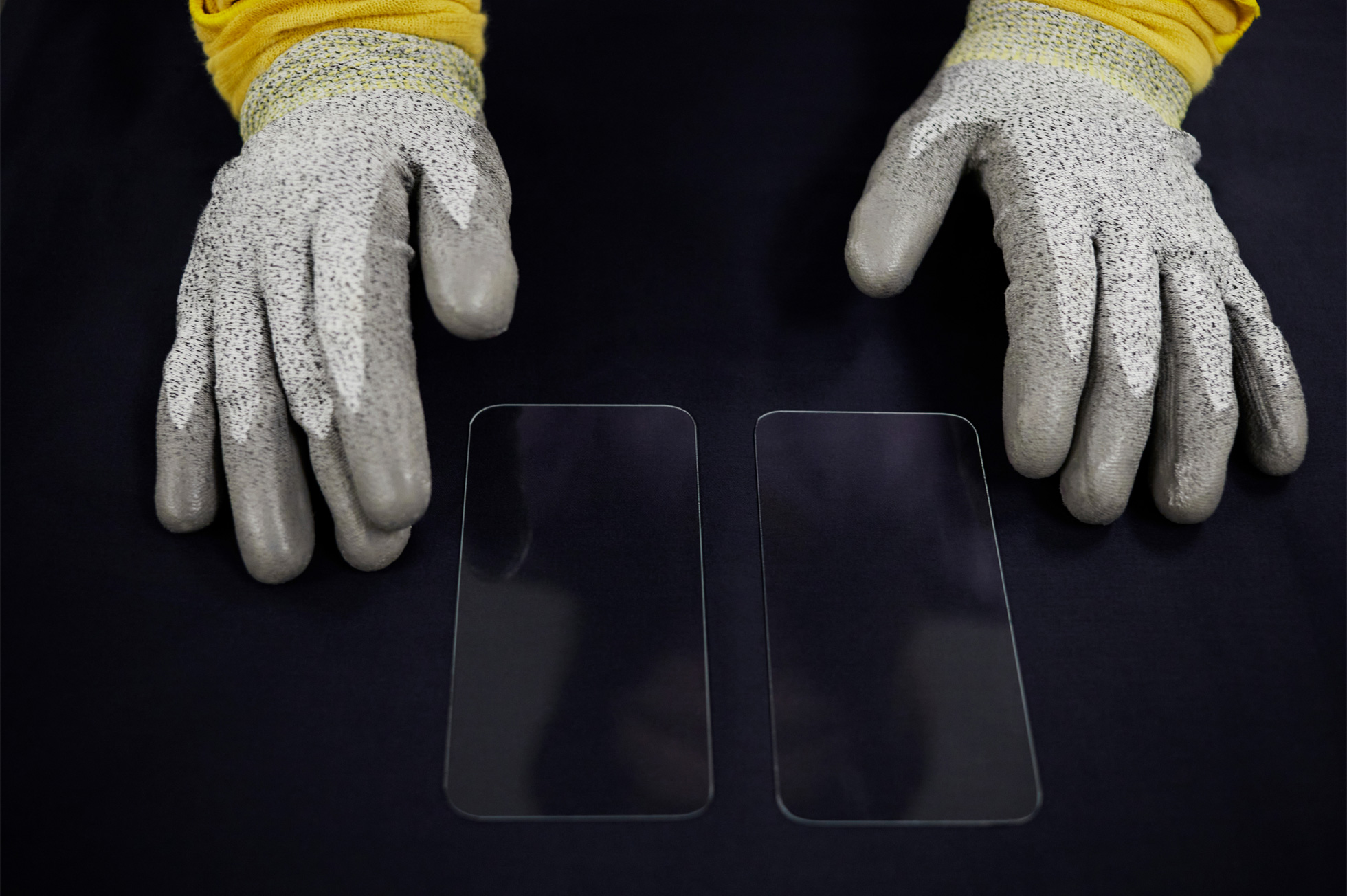
TOLED
This technology makes it possible to create a display with up to 80% light transmission. This is achieved with a transparent cathode, anode and substrate, which can be glass or plastic. This feature allows information to be displayed in the user's field of view on otherwise transparent surfaces, making it very close to a FOLED.
Retina designation
This is actually just a trade name for displays based on IPS panel or OLED technology with a higher pixel density. It is of course backed by Apple, which has it registered as a trademark and cannot therefore be used by any other manufacturer in connection with displays.
This is similar to the Super AMOLED label used by Samsung on its devices. It tries to add more subpixels while having a thinner form factor, a clearer image and lower power consumption.
It could be interest you
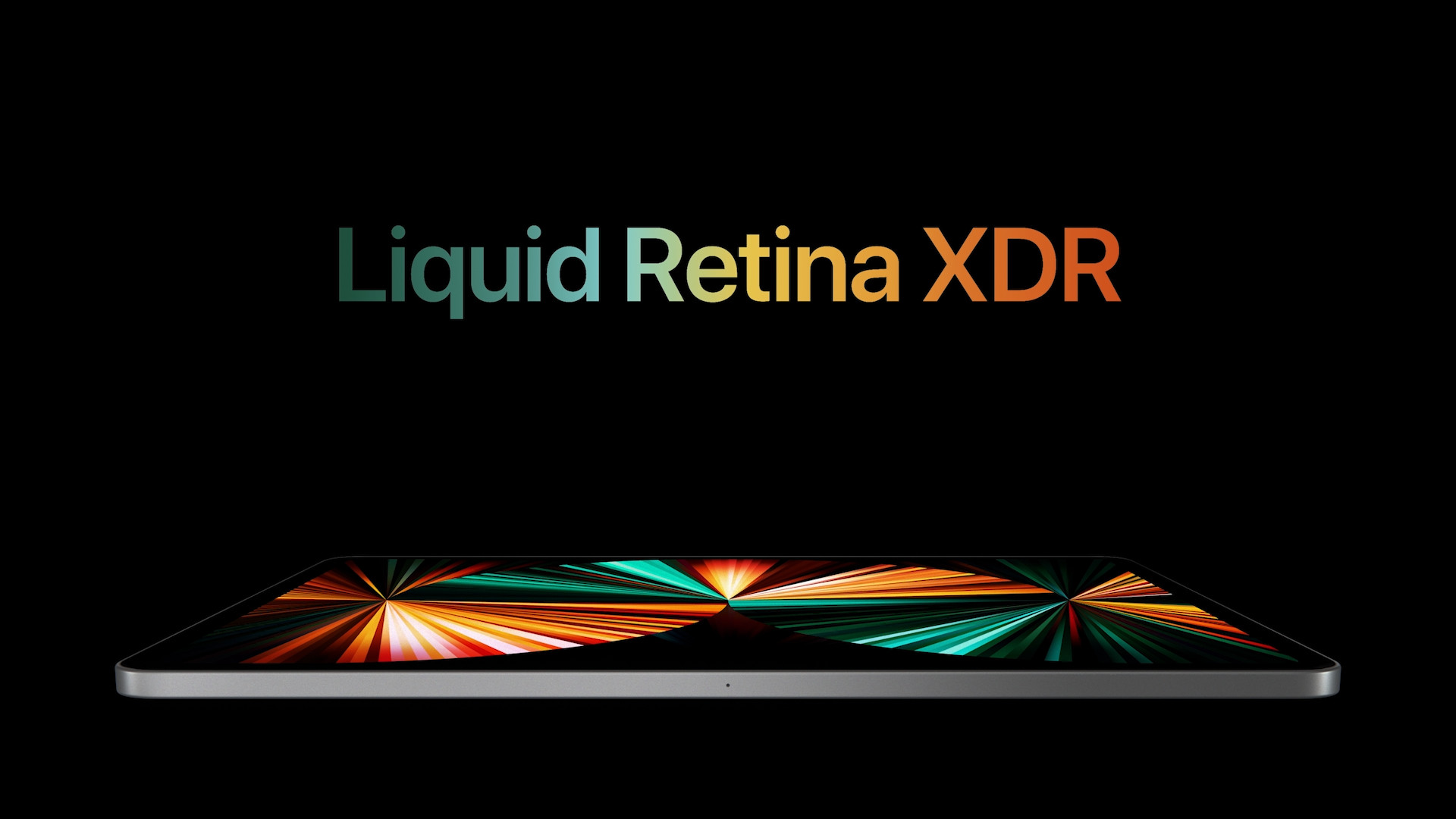
 Adam Kos
Adam Kos 